Testosterone is an important hormone in the human body, playing significant roles in the development and maintenance of various bodily functions. It is predominantly associated with male characteristics, but it is also crucial for female health. In this article Discover the essential functions of testosterone, Where is testosterone produced in males and females, the impact of low levels, and effective strategies to boost testosterone for optimal health.
What is Testosterone?

Testosterone is a steroid hormone belonging to the androgen group, which is primarily responsible for the development and maintenance of male characteristics. It is the principal sex hormone in males and plays a significant role in health and well-being. Although testosterone is more prominent in males, it is also present and necessary in females, contributing to various physiological processes. Testosterone influences physical, sexual, and psychological health in both genders.
(Also Read: Serotonin vs. Dopamine vs. Oxytocin vs. Endorphins: Understanding the Happy Hormones)
Where is Testosterone Produced in Males?
In males, testosterone is primarily produced in the testes. The Leydig cells within the testes are responsible for its production. The hypothalamus and pituitary gland in the brain regulate this process. The hypothalamus releases gonadotropin-releasing hormone (GnRH), which signals the pituitary gland to release luteinizing hormone (LH). LH then stimulates the Leydig cells to produce testosterone.
Where is Testosterone Produced in Females?
In females, testosterone is produced in smaller amounts compared to males. The primary sites of production are the ovaries and adrenal glands. The ovaries produce testosterone in response to LH, much like in males, while the adrenal glands produce it as part of a group of hormones known as androgens. Despite lower levels, testosterone is essential for female health, contributing to bone strength, muscle mass, and sexual function.
(Also Read: A Comprehensive Indian Diet Chart for Diabetic Patients)
5 Functions of Testosterone

Development of Male Reproductive Tissues
Testosterone is crucial for the development of male reproductive organs both prenatally and during puberty. It ensures the proper formation and growth of the testes and penis.
Muscle and Bone Mass
Testosterone promotes muscle growth and is vital for maintaining bone density. It increases protein synthesis in muscles, leading to increased muscle mass and strength, and helps in maintaining bone health.
Red Blood Cell Production
Testosterone stimulates the production of red blood cells, which are essential for carrying oxygen throughout the body. This function is crucial for overall vitality and energy levels.
Sexual Function
In both males and females, testosterone plays a significant role in sexual desire and function. In males, it is essential for erectile function and sperm production, while in females, it contributes to libido and sexual arousal.
Mood and Cognitive Function
Testosterone influences mood and cognitive abilities. Adequate levels are associated with a positive mood, high energy levels, and good cognitive functions. Low levels can lead to mood swings, depression, and cognitive difficulties.
Low Testosterone

Low testosterone, also known as hypogonadism, can lead to various health issues.
In males, symptoms include decreased libido, erectile dysfunction, loss of muscle mass, fatigue, and mood disturbances.
In females, low testosterone can lead to fatigue, decreased libido, and mood swings.
Causes of low testosterone can include aging, medical conditions like diabetes or obesity, and certain medications. Diagnosis typically involves blood tests, and treatment options can range from lifestyle changes and medications to hormone replacement therapy.
How to Increase Testosterone
Exercise Regularly
Engaging in regular physical activity, especially resistance training and high-intensity interval training (HIIT), can boost testosterone levels.
Maintain a Healthy Diet
A balanced diet rich in nutrients such as zinc and vitamin D can support testosterone production. Foods like lean meats, fish, eggs, nuts, and leafy greens are beneficial.
(Also Read: Top 10 Hormone Balancing Foods for Optimal Health…)
Get Adequate Sleep
Quality sleep is crucial for hormone production, including testosterone. Aim for 7-9 hours of uninterrupted sleep per night.
Manage Stress
Chronic stress elevates cortisol levels, which can negatively impact testosterone. Practices like meditation, yoga, and deep breathing exercises can help manage stress.
Avoid Excessive Alcohol and Drug Use
Excessive consumption of alcohol and the use of certain drugs can reduce testosterone levels. Moderation is key to maintaining healthy testosterone levels.
Consider Supplements
Supplements such as zinc, vitamin D, and ashwagandha have been shown to support testosterone production. However, it is important to consult with a healthcare provider before starting any supplement regimen.
(Also Read: 8 Ways To Get Better Sleep In Hindi…)
Conclusion
Testosterone is a important hormone that affects various aspects of health in both males and females. Understanding its functions, where it is produced, and how to maintain or increase Testosterone levels can help in managing overall health and well-being. Whether through lifestyle changes, diet, or medical interventions, maintaining healthy testosterone levels is essential for a vibrant and active life.

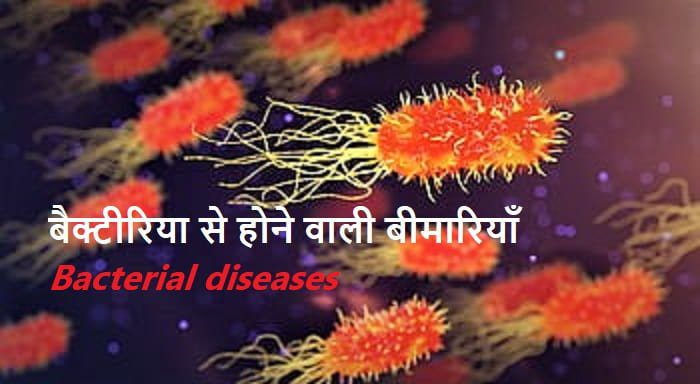

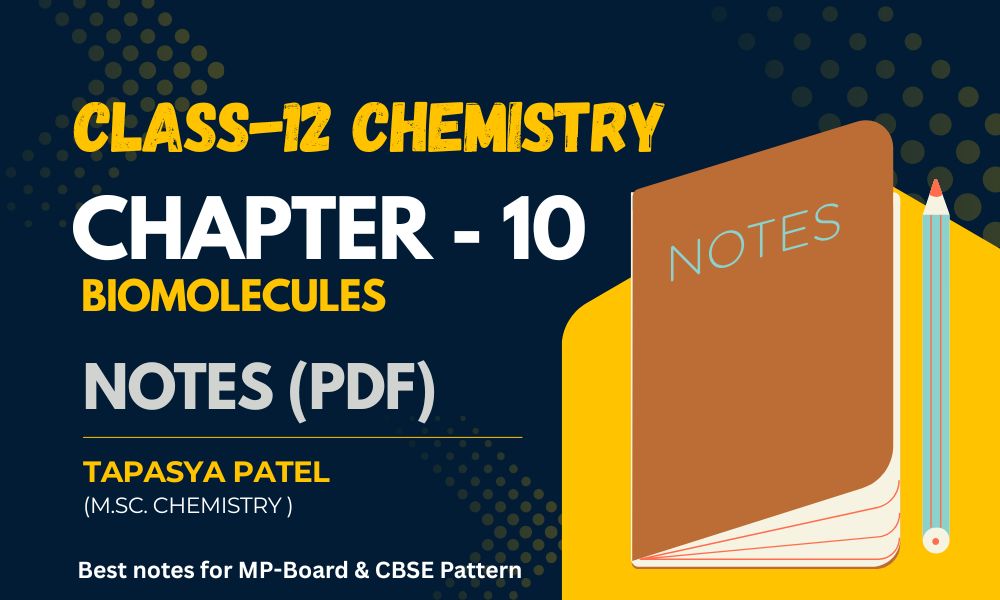





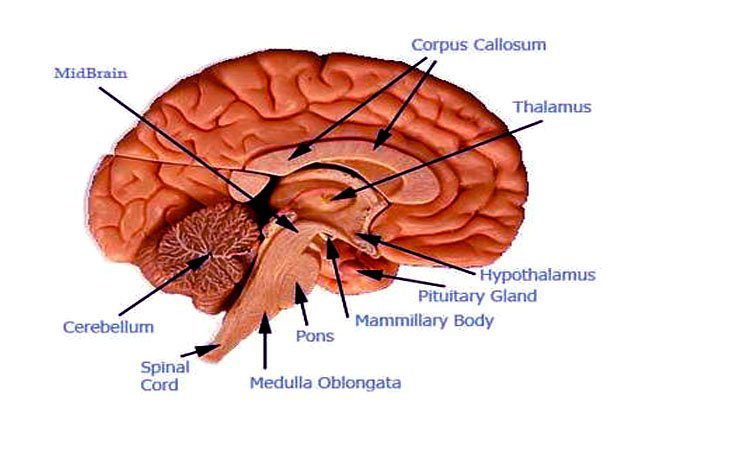
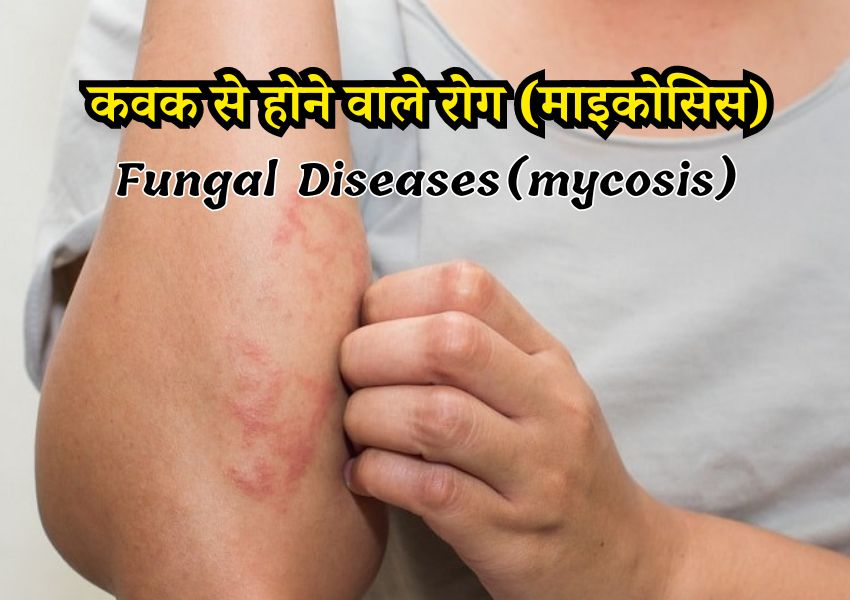

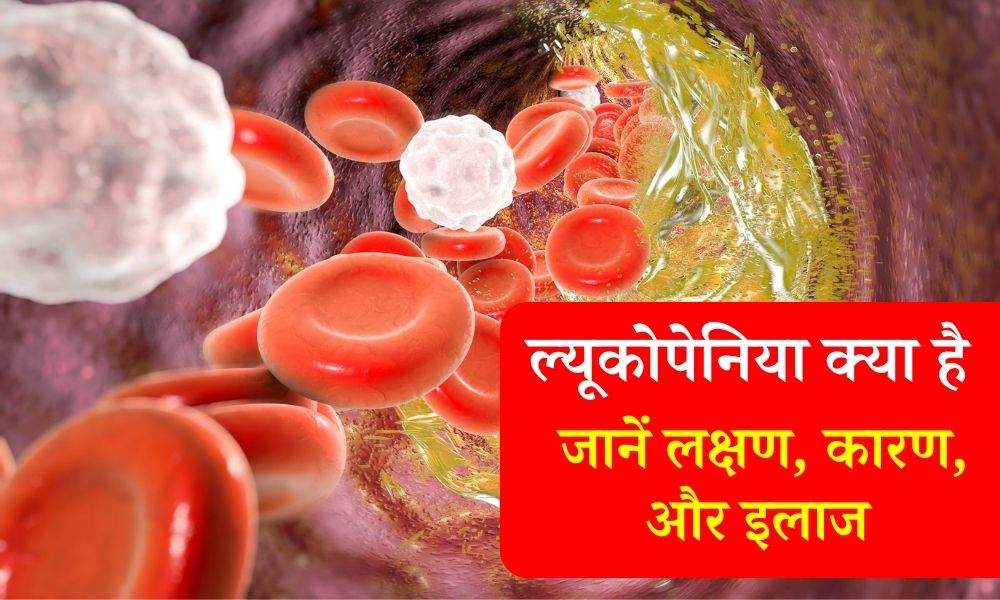


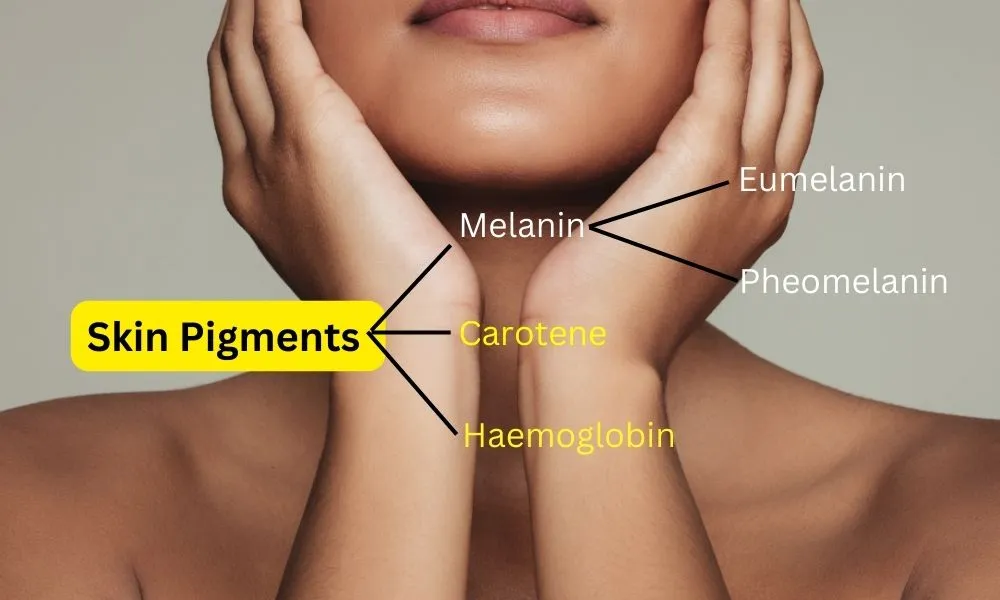









Leave a Reply